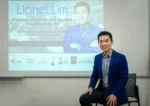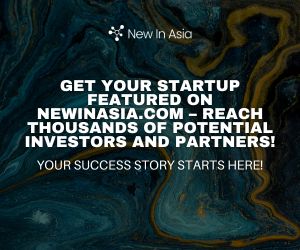Navigating the complexities of diversity, equity, and inclusion (DEI) can feel daunting for many leaders. Operational pressures, resistance to change, and cultural nuances often push these crucial efforts to the sidelines. Yet, Nicole Quiogue Golloso—a globally recognized HR and DEI leader—proves that prioritizing people isn’t just the right thing to do; it’s the key to…
RELATED ARTICLES
© NewInAsia.com 2025








